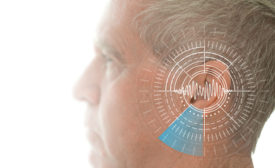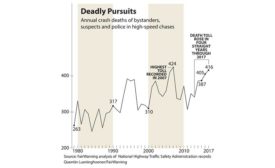Featured on Home Page
3 most common workplace eye injuries — and how to avoid them
March is Workplace Eye Wellness Month
March 1, 2019
How to execute in an emergency
You need a good plan, training, practice, signage and lighting
February 27, 2019
OSHA’s position on incentives
Agency clarifies that rate-based programs OK if reporting is encouraged
February 26, 2019
Non-traditional work environments can harm hearing & incur costs
What do you know about “acoustic shock?”
February 25, 2019
A FairWarning Story
Deaths mount from high-speed police pursuits, despite calls to restrict them
February 22, 2019
Improve your investigation skills
Recommendations should be specific, measurable, achievable, realistic and timely
February 21, 2019
Become a Leader in Safety Culture
Build your knowledge with ISHN, covering key safety, health and industrial hygiene news, products, and trends.
JOIN TODAYCopyright ©2025. All Rights Reserved BNP Media.
Design, CMS, Hosting & Web Development :: ePublishing










